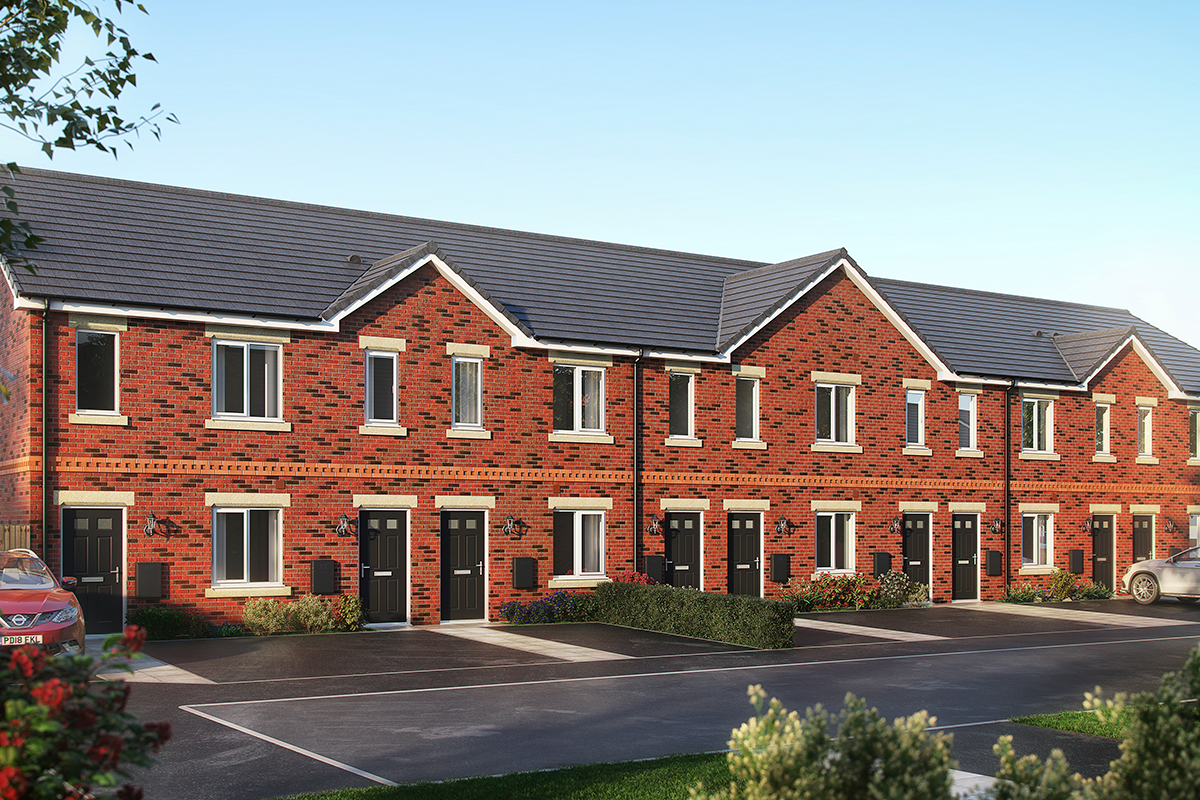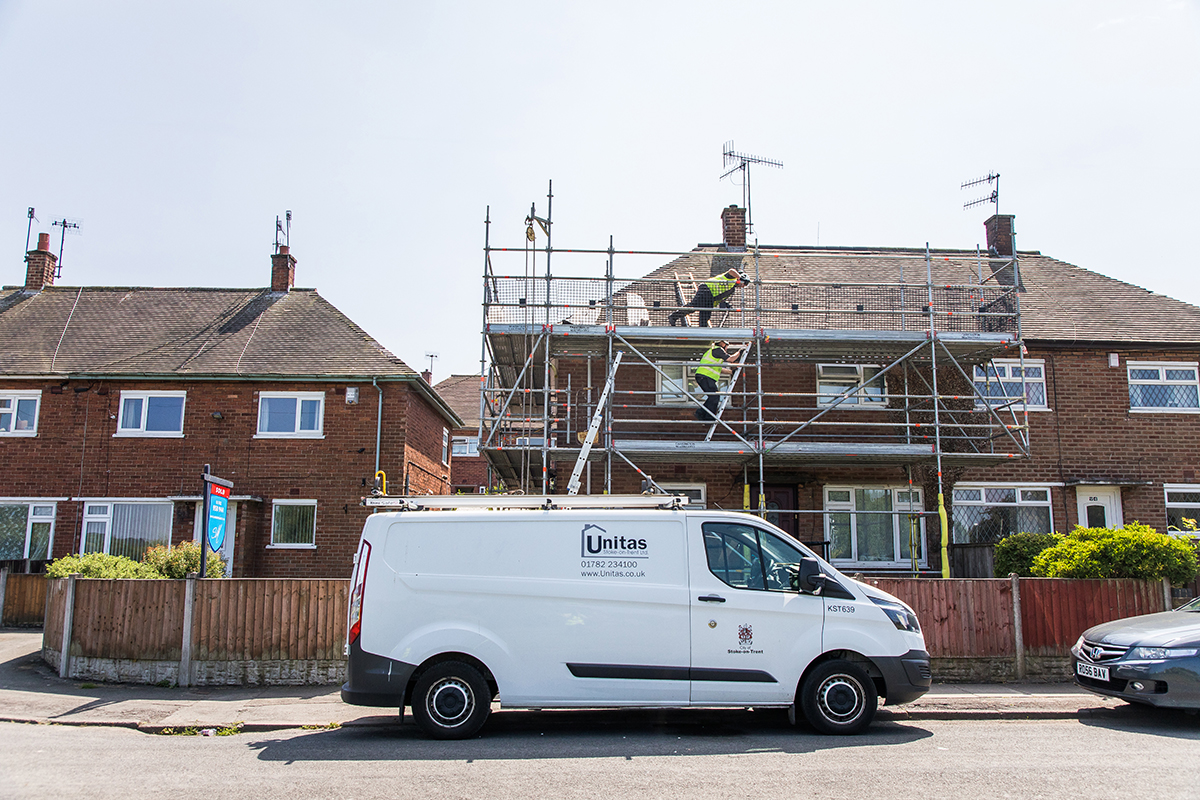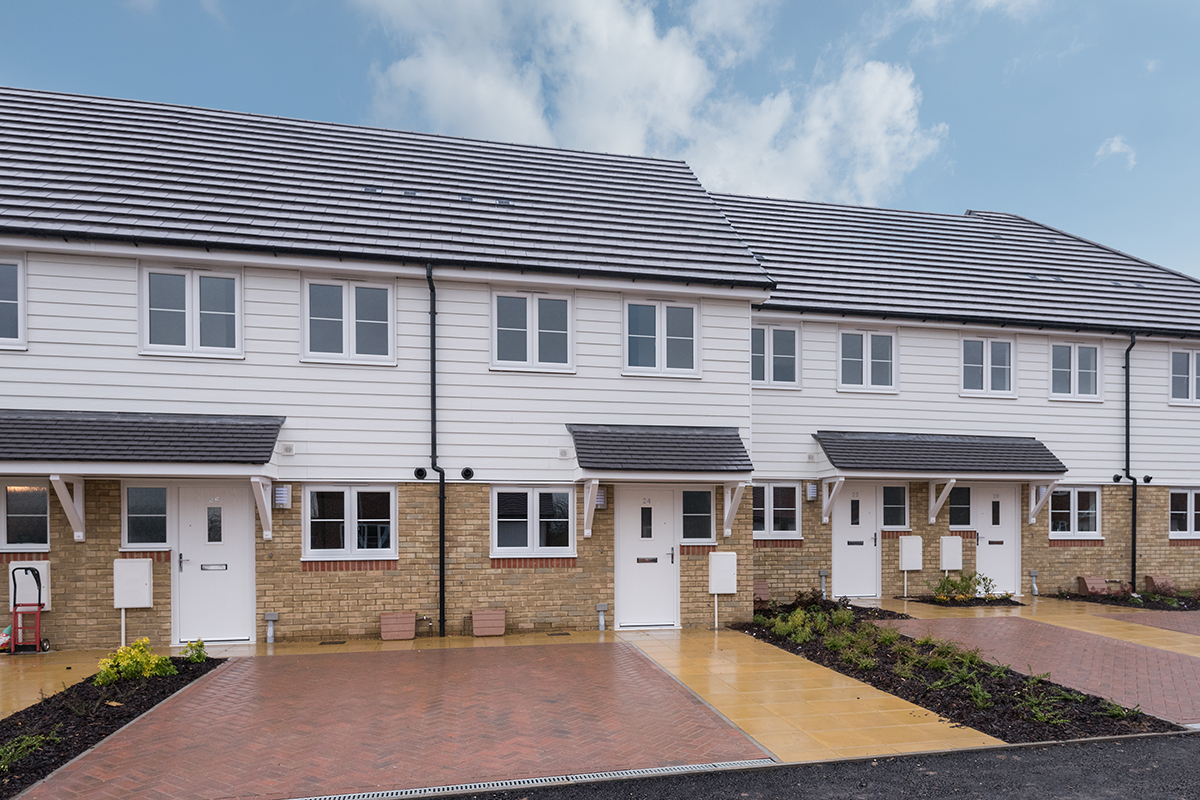You are viewing 1 of your 1 free articles
Is shared ownership moving into the mainstream?
After years of false dawns, is shared ownership finally coming out of the shadows? Gavriel Hollander looks at the latest moves in the sector. Picture by Alamy
Shared ownership has often been regarded as an afterthought when it comes to the tenure mix in the UK housing market. But a number of government initiatives combined with a greater understanding among housing providers, lenders and purchasers could mean the tide is beginning to turn.
Indeed, with the outright sale market an unrealistic prospect for people in many parts of the country, shared ownership is increasingly looking like an attractive option for those hoping to get onto the first rung of the housing ladder.
Data from the National Sales Group (NSG, formerly the National Housing Group) – a professional body supporting the property sale functions of housing associations, which numbers more than 50 members – suggests that shared ownership could be approaching the critical mass where it can finally break into the mainstream.
So could now be the moment shared ownership comes of age? And how are housing associations helping it along the way?
First of all, it should be pointed out that we have been here before. In June 2016, Inside Housing wrote about how then-prime minister David Cameron was making shared ownership the centrepiece of his housing delivery programme, shifting the majority of grant funding to the tenure.
Of course, Mr Cameron’s premiership was over before the ink was dry on that edition and his successor seems to have since shifted the focus – and much of the money – back towards a more mixed approach.
That said, recent months have sparked renewed interest in the product. Chancellor Philip Hammond’s Autumn Budget saw the removal of stamp duty on sales of shared ownership homes valued at less than £500,000. And this was followed by the publication of a call for proposals on how to develop a private shared ownership market (see box).
Coupled with the potential end of the government’s flagship Help to Buy homeownership scheme in 2023 and the greater flexibility offered by the strategic partnership approach that Homes England is offering to housing associations, the direction of travel points to an expansion of shared ownership.
The figures from the NSG certainly appear to back this up. Its latest figures, from the three months to the end of September 2018, show that among the 22 housing providers that responded to a request for data there are 20,546 shared ownership homes in their long-term development pipeline, including homes attained through Section 106 deals. This averages out at almost 1,000 per respondent.
The same group of providers currently has 31,184 shared ownership properties, meaning the total stock among this sample is set to increase by 60%.
Hyde Group has been one of the most active shared ownership developers in the housing association sector. Inside Housing’s survey of the biggest association developers in 2017/18 revealed that the London-based association was one of just two (along with Orbit) to have completed at least 500 new low-cost homeownership properties during the year.
According to David Gannicott, business development director at Hyde, the government’s new partnership-based approach to housing delivery is part of the reason for a burgeoning shared ownership pipeline.
Mr Gannicott tells Inside Housing that the number of shared ownership homes Hyde is planning over the next five years is double what it had in its pipeline before it was named as one of Homes England’s first eight strategic partners in July.
“Shared ownership represents better value for money for government,” explains Mr Gannicott. “It would make sense for it to take a much bigger proportion [of the government’s housing delivery target] than it has been, and that seems to be happening through Homes England with these partnerships.”
In numbers
20,546
Shared ownership homes in the pipeline
36
Average age of Aster Group’s shared owners
£29,000
Average household income of shared ownership buyers
Source: National Sales Group
Mr Gannicott admits that it might take “a year to 18 months” before numbers start rising in terms of delivery, but once they do, growth could be exponential.
“I think it will grow into a recognised tenure in its own right, but it requires scale,” he continues. “If you’ve got scale, you have a much fuller offer for people.”
What scale can give is the chance to combat one of the perceived problems with shared ownership to date: the absence of a sufficiently sizeable resale market.
Mr Gannicott says social landlords have got better at helping shared owners find buyers for their homes. Last year, the group completed 150 resales, not all of fully staircased homes. It expects to do 190 this year.
The NSG figures also suggest that the problem of a limited secondary market could be a thing of the past, according to the group’s chair Amy Nettleton
“What housing associations are getting better at is helping shared owners who want to sell. It was one of the difficulties in the past. They would be told to staircase up to 100% and then get someone to buy. Now they are better at saying they will find a buyer for that share.”
The NSG figures also suggest that the problem of a limited secondary market could be a thing of the past, according to the group’s chair Amy Nettleton.
“Our data also shows that the secondary market for shared ownership is active with 454 staircasing transactions in one quarter (Q1 2018/19), 60% of those being full staircasing. Alongside this, 696 resales were recorded with 76% being retained as shared ownership.”
Ms Nettleton who, as assistant development director at Aster Group, handles many of the South West-based landlord’s shared ownership sales, also points out that the demographics of shared owners are changing.
“The average age of our shared owners is 36,” she says. “This is steadily increasing and showing that people are using shared ownership as a solution at different points within their lives – relationship breakdowns and retirees are a growing demographic, alongside the ever popular first-time buyers.”
Privates on parade?
Hyde Group’s Heron Fields development in Sittingbourne, Kent, featuring shared ownership homes
While the government’s recent Social Housing Green Paper offered the opportunity for providers to share ideas around improving the staircasing system, including the potential to allow shared owners to buy smaller increments, it has since launched a further consultation on private shared ownership.
It is looking for proposals for shared ownership models from private investors and delivery organisations, which could lever private sector funding into the sector.
The government says it will either act as co-funder or help facilitate the removal of regulatory barriers, but insists that any proposals must “match or exceed the terms of the standard shared ownership lease, particularly in terms of consumer protection”.
However, Hyde’s Mr Gannicott warns that new products could further muddy the waters.“The more variants of this we have, the more we might confuse the market,” he says. “They may be good schemes but it’s just another way to do the same thing.”
Significantly, those first-time buyers do not have to be on large salaries to access these homes. NSG figures show the average household income of shared ownership buyers is £29,000, with some providers claiming the average income of their buyers is as low as £19,000.
Longhurst Group, which operates in a number of areas in the Midlands and East of England with lower average incomes than the likes of London-based Hyde, is also seeing greater interest in shared ownership.
“There’s a demand for it, even in areas where we thought there might not be demand,” says Robert Griffiths, deputy chief executive at the 23,000-home landlord.
With government backing, and housing associations that realise the potential, shared ownership may soon be seen as more than a halfway house
Longhurst is committing around 40% of its development programme to shared ownership, and Mr Griffiths believes we have reached a tipping point in terms of the acceptance of the tenure, among lenders as much as buyers and landlords.
“When there wasn’t the scale it was seen as a specialist offering,” he explains. “Now there is some scale and lenders are behind it, it’s viewed as more mainstream.”
He also echoes Mr Gannicott’s suggestion that associations are improving in terms of their communication with shared ownership customers, saying that Longhurst has become “more proactive” when it comes to staircasing.
“More engagement with customers means shared owners are much more aware of their opportunities,” he concludes.
While there are still problems at times when it comes to rent arrears for shared owners – and the NSG data suggests the average level is going up – there is little doubt that what was once a niche market is maturing.
With government backing, and housing associations that realise the potential, shared ownership may soon be seen as more than a halfway house.












